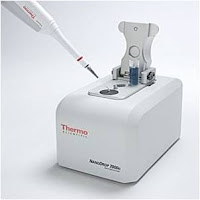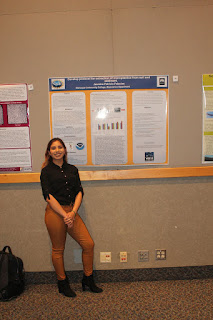Methods
Partial purification of lysozyme
1. For the partial purification of lysozyme, egg whites, carefully separated from the egg yolks, were diluted 3- or 3.3-fold with 0.05 M NaCl solution.
2. To precipitate the egg white proteins other than lysozyme, the pH of this mixture was set to 4.0 by carefully adding several drops of 1 N acetic acid and it was diluted with an equal volume of 40% (v/v) ethanol. After 30 minute incubation at room temperature in the presence of ethanol, the mixture is centrifuged at 15,000 x g for 15 min at 4 °C; then the precipitates were discarded.
3. The supernatants were analyzed for their lysozyme activity and protein content to determine if lysozyme extraction was successful.
4. A DNA extraction is performed using a kit the epicenter QuickExtract Bacterial DNA Extraction Kit (QEB0905T) and E.Z.N.A. Bacterial DNA Kit from Omega bio-tek (D3350-00) as controls
5. A DNA extraction is performed using both kits but replacing the kit provided lysozyme with the student prepared egg-white (EW) lysozyme
QuickExtract™ Bacterial DNA Extraction Kit
1. Centrifuge ~108 bacteria at 1,700 x g (5,000 rpm) in a microcentrifuge for 3 minutes to pellet the cells.
2. Wash the bacterial cell pellet once with 0.5 ml of sterile water, then re-centrifuged at 1,700 x g (5,000 rpm) for 3 minutes.
3.Carefully remove and discard the supernatant. Add 100 μl of QuickExtract Bacterial DNA Extraction Solution to the cell pellet.
4. Add 1 μl of Ready-Lyse Lysozyme Solution to each tube and mix gently by inversion. Make certain that both the bacteria and the Ready-Lyse Lysozyme are dispersed in solution, but avoid actions that could cause shearing of the DNA if long gDNA is required.
5 .Incubate the suspension at room temperature for 15 minutes. If the solution is not clearing, wait an additional hour at room temperature. Observe the lysis periodically; digestion can be extended to several hours if necessary. Optional: If it is important to kill any remaining viable bacteria, the sample may be heated at 80°C for 2 minutes
6. The DNA is now ready for PCR, restriction endonuclease digestion, PFGE, or optical mapping.
Note: If the DNA is to be used for PCR, use at full strength or dilute in TE Buffer (10 mM Tris-HCl pH=7.5, 1 mM EDTA). For restriction digests, DNA can be used at full strength or diluted before adding the appropriate 10X restriction endonuclease buffer and enzyme.
Nano Drop Graph
- Open the app
- Click “Nucleic Acid”
- Open arm
- Add 2 ul of TE Buffer
- Close arm
- Click “Blank”
- Open arm
- Add 2 ul of bacteria on top of the TE Buffer
- Close arm
- Name it
- Click measure
- Clean off



Comments
Post a Comment